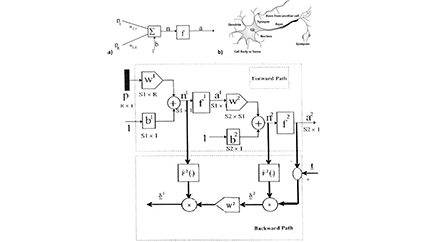Sensible heat and latent heat are two major components of the energy balance at the earth’s surface and play important roles in the water cycle and global warming. Babak Safa, research associate at the Daugherty Water for Food Global Institute at the University of Nebraska, developed a useful and accurate way to simulate the flux of sensible heat and latent heat above irrigated and rain-fed maize over growing seasons. This helps scientists get a better understanding of crop productivity, hydrological cycle, irrigation scheduling and their relationships to the climate. His work was published in a recent article in the Computers and Electronics in Agriculture journal titled Latent heat and sensible heat flux simulation in maize using artificial neural networks.

Sensible heat is the transfer of heat flow between two points (surface and air or the reverse), which you can feel.In other words, this transfer determinesthe temperature of air. Thus, it could be the temperature shown on your home thermometer or your weather app.
Latent heat relates closely to humidity. It is expressed by the amount of consumed energy to transfer water vapor molecules from one phase to another. For example, if you add energy to ice and raise the ice’s temperature to 0 degrees Celsius (freezing point). You keep adding heat to the ice; it begins to melt but the temperature remains constant until all the ice is melted. This represents the actual evapotranspiration and is why your thermometer may read at a comfortable temperature, but you still feelhotter or colder than expected. Twenty-five degrees Celsius does not always feel the same, because that number does not show latent heat’s effect on the air.
Ultimately, sensible heat and latent heat determine how quickly the make-up of our world changes (including the melting of glacial ice) and the impact of global warming.
Read the full article: https://www.sciencedirect.com/science/article/pii/S0168169917312346

